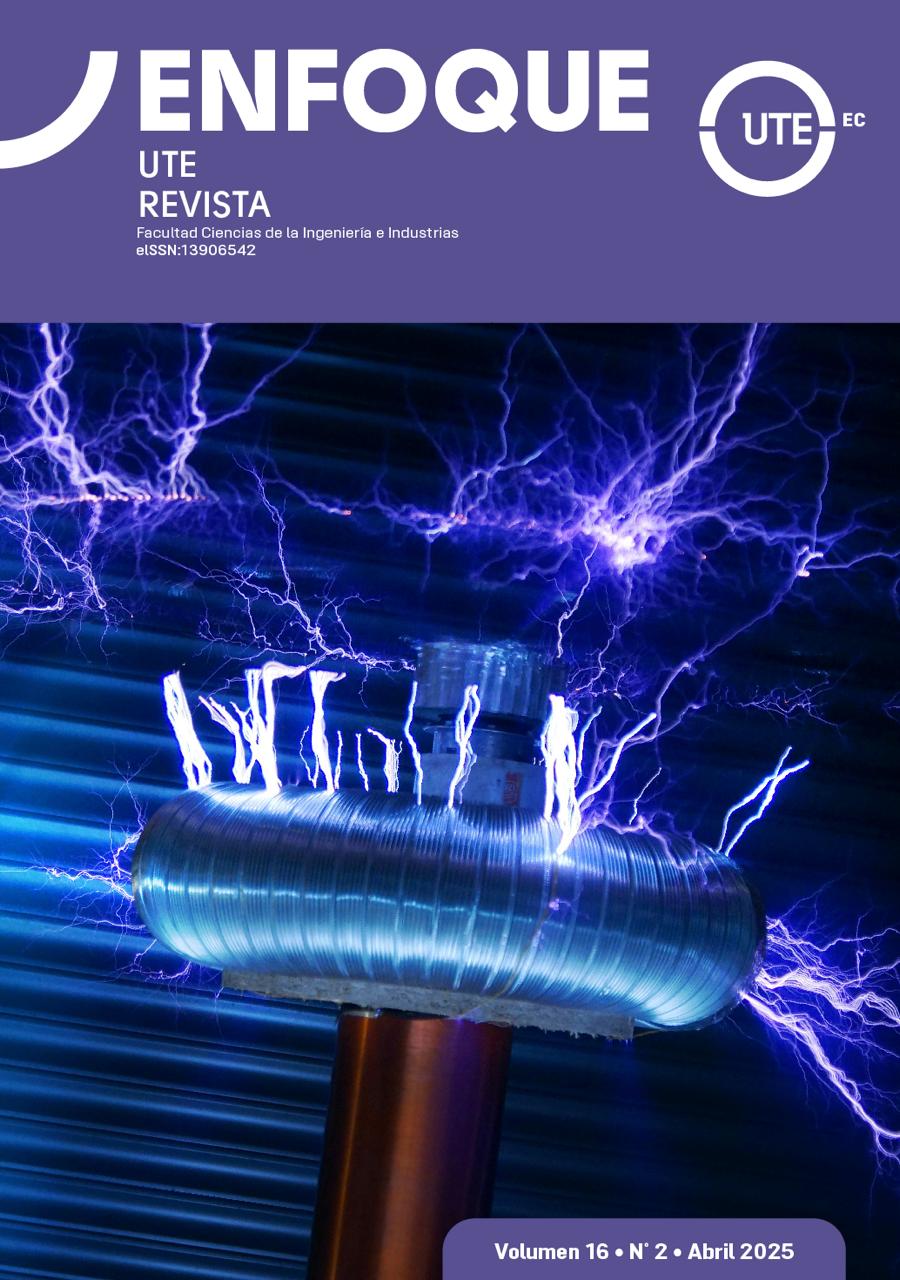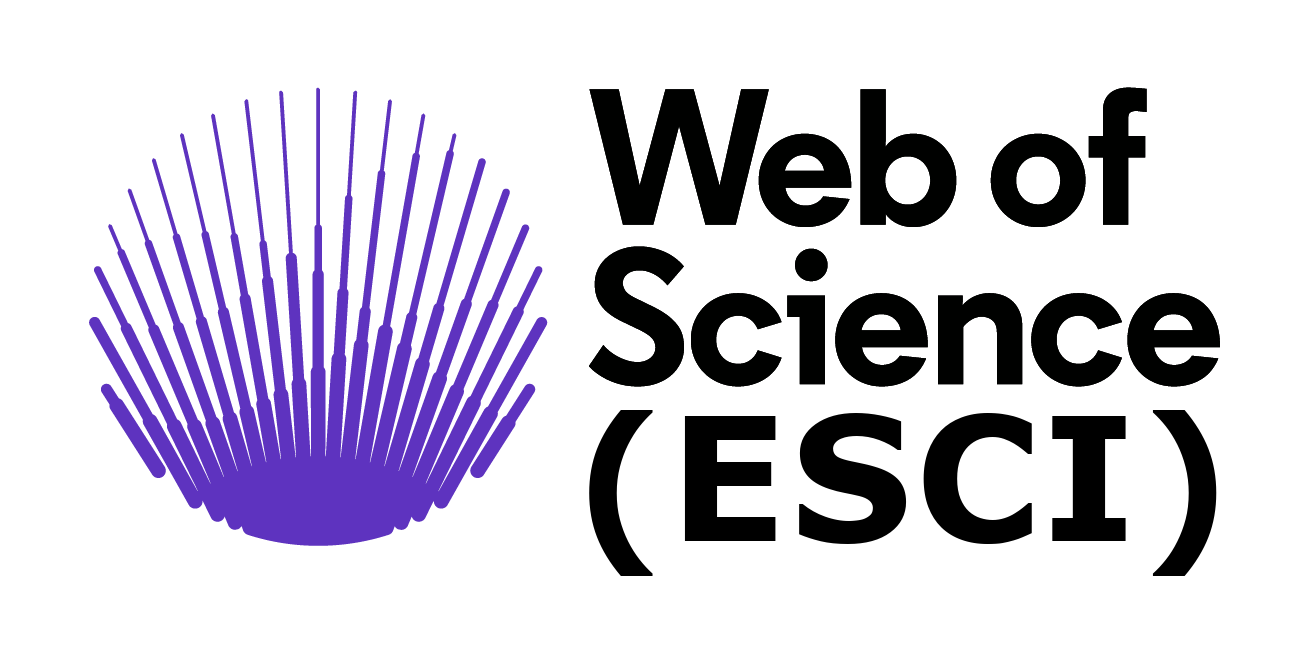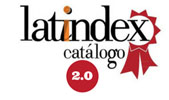Recursos humanos: un factor crítico de éxito para la calidad y la sostenibilidad en la industria
DOI:
https://doi.org/10.29019/enfoqueute.1121Palabras clave:
Compromiso de la dirección, Operadores, Proveedores, Calidad, SostenibilidadResumen
La calidad (QUA) en la industria abarca varios factores críticos de éxito (CSF), incluidos los recursos humanos (RR. HH.), y el proceso de producción es de suma importancia; en consecuencia, cuantificar su impacto y contribución es esencial para la sostenibilidad. Este estudio presenta un modelo de ecuaciones estructurales (SEM) que relaciona el compromiso directivo (MAC) como variable independiente, los operadores (OPE), los proveedores (SUP) y las herramientas de fabricación ajustada (LMT) como variables mediadoras, y la QUA como variable de respuesta sostenible. Las variables se interconectaron a través de seis hipótesis, cada una validada utilizando datos de 286 respuestas a un cuestionario administrado a la industria maquiladora mexicana. El SEM se validó utilizando el enfoque de mínimos cuadrados parciales (PLS), y también se realizó un análisis de sensibilidad. Los resultados indican que MAC tiene efectos directos y positivos en OPE, LMT y SUP, siendo el primero el que ejerce una mayor influencia. Del mismo modo, OPE, LMT y SUP afectan directamente a QUA en cuanto a sostenibilidad, siendo este último el que demuestra el impacto más significativo. El estudio concluye, demostrando estadística y empíricamente, que los factores humanos (directivos, SUP y OPE) y los sistemas de producción pueden garantizar la sostenibilidad económica y de QUA de los productos, reduciendo así los defectos y las devoluciones de los clientes.
Descargas
Referencias
[1] M. M. Parast, A. Safari and I. Golgeci, “A Comparative Assessment of Quality Management Practices in Manufacturing Firms and Service Firms: A Repeated Cross-Sectional Analysis,” IEEE Trans Eng Manage, vol. 71, pp. 4676-4691, 2024. https://doi.org/10.1109/TEM.2022.3221851.
[2] R. E. Worlu, A. A. Adeniji, T. M. Atolagbe and O. P. Salau, “Total Quality Management (TQM) as a tool for sustainable customer loyalty in a competitive environment: A critical review,” (in English), Acad. Strateg. Manage. J, vol. 18, no. 3, pp. 1-6, 2019. Available: https://bit.ly/3DBLgEn
[3] A. S. Francois Koukpaki, K. Adams and A. Oyedijo, “The contribution of human resource development managers to organisational branding in the hotel industry in India and South East Asia (ISEA): a dynamic capabilities perspective,” Employee Relat., vol. 43, no. 1, pp. 131-153, 2021. https://doi.org/10.1108/ER-09-2019-0375.
[4] M. Jaeger, “Perception of TQM benefits, practices and obstacles: The case of project managers and quality management representatives in Kuwait,” The TQM Journal, vol. 28, no. 2, pp. 317-336, 2016. https://doi.org/10.1108/TQM-10-2014-0091.
[5] K. Govindan, Aditi, J. Dhingra Darbari, A. Kaul and P. C. Jha, “Structural model for analysis of key performance indicators for sustainable manufacturer–supplier collaboration: A grey-decision-making trial and evaluation laboratory-based approach,” Business Strategy and the Environment, vol. 30, no. 4, pp. 1702-1722, 2021. https://doi.org/10.1002/bse.2703.
[6] M. Goswami, G. Kumar, N. Subramanian, Y. Daultani and M. Ramkumar, “Redesigning product line for integrated manufacturer-supplier ecosystem in a centralized supply chain: Case of an industrial consumer product,”, Int J Prod Econ, vol. 269, 2024, Art no. 109150. https://doi.org/10.1016/j.ijpe.2024.109150
[7] S. Gupta, P. Khanna and U. Soni, “Analyzing the interaction of critical success factor for TQM implementation- A grey-DEMATEL approach,”, Oper. Manage. Res., vol. 16, no. 3, pp. 1619-1640, 2023. https://doi.org/ 10.1007/s12063-023-00367-y.
[8] C. V. Fotopoulos and E. L. Psomas, “The structural relationships between TQM factors and organizational performance,” (in English), TQM J., vol. 22, no. 5, pp. 539-552, 2010, doi: 10.1108/17542731011072874.
[9] F. J. Carmona-Márquez, A. G. Leal-Millán, A. E. Vázquez-Sánchez, A. L. Leal-Rodríguez and S. Eldridge, “TQM and business success: Do all the TQM drivers have the same relevance? An empirical study in Spanish firms,” International Journal of Quality and Reliability Management, vol. 33, no. 3, pp. 361-379, 2016. https://doi.org/10.1108/IJQRM-04-2014-0050.
[10] H. Bubb, “Human reliability: A key to improved quality in manufacturing,” Human Factors and Ergonomics in Manufacturing & Service Industries, vol. 15, no. 4, pp. 353-368, 2005. https://doi.org/10.1002/hfm.20032
[11] A. Kujawińska, K. Vogt and A. Hamrol, “The Role of Human Motivation in Quality Inspection of Production Processes,” Cham, 2016: Springer International Publishing, in Advances in Ergonomics of Manufacturing: Managing the Enterprise of the Future, pp. 569-579. ISBN: 978-3-319-41696-0
[12] H. Fu, M. Liu and B. Chen, “Supplier’s investment in manufacturer’s quality improvement with equity holding,” Journal of Industrial and Management Optimization, vol. 17, no. 2, pp. 649-668, 2021. https://doi.org/10.3934/jimo.2019127.
[13] A. Khalili, M. Y. Ismail, A. N. M. Karim and M. R. Che Daud, “Critical success factors for soft TQM and lean manufacturing linkage,” Jordan J. Mech. Ind. Eng., vol. 11, no. 2, pp. 129-140, 2017.
[14] S. Albaqami, “Implementing Quality Assurance in Saudi Arabia: A Comparison Between the MESO and the MICRO Levels at PSU,” Higher Education Studies, vol. 5, no. 3, pp. 66-81, 2015. https://doi.org/10.5539/hes.v5n3p66.
[15] D. N. Mbazor, C. Aigbavboa and W. Thwala, “Investigating the Benefits and Barriers of Quality Assurance Management for Adequate Housing Delivery in Nigeria: An Empirical Overview,” Baltic Journal of Real Estate Economics and Construction Management, vol. 10, no. 1, pp. 76-92, 2022. https://doi.org/10.2478/bjreecm-2022-0005.
[16] A. Asa Romeo, N. Narikutuke, N. Johanna Pangeiko and T. Diana, “Supplier Relationship Management and Organizational Performance: A Focus on Public Procurement,” The International Journal of Management Science and Business Administration, vol. 9, no. 6, pp 2023-09-01 2023. https://doi.org/10.18775/ijmsba.1849-5664-5419.2014.96.1003
[17] R. A. Febriani, H.-S. Park and C.-M. Lee, “A Rule-Based System for Quality Control in Brake Disc Production Lines,” Applied Sciences, vol. 10, no. 18, pp. 6565, 2020. https://doi.org/10.3390/app10186565
[18] M. Hafizi, S. N. S. Jamaludin and A. H. Shamil, “State of The Art Review of Quality Control Method in Automotive Manufacturing Industry,” IOP Conference Series: Materials Science and Engineering, vol. 530, no. 1, pp. 012034, 2019/06/01. https://doi.org/ 10.1088/1757-899X/530/1/012034
[19] C. Jih-Kuang and T. Tseng-Chan, “Modeling the Quality Enablers of Supplier Chain Quality Management,” SAGE Open, vol. 12, pp. 1-13, 2022. https://doi.org/10.1177/21582440221129484
[20] M. S. D. A. Robaaiy, M. A. Rahima and M. H. Alghazali, “Application the kanban cards and the value stream map (VSM) to rationalize inventory costs and to improve the company’s performance and oversight applied research in electrical cables factory / UR state company for electrical industries,” Int. J. Prof. Bus. Rev., vol. 8, no. 4, pp. 1-29, 2023. https://doi.org/10.26668/businessreview/2023.v8i4.1371
[21] B. Schouten, A. Peytchev and J. Wagner, Adaptive survey design (Adaptive Survey Design). CRC Press, 2017, pp. 1-252. ISBN: 9780367735982.
[22] D. I. Jurj et al., “Applied data cleaning methods in outlier detection for residential consumer,” in Proceedings of 2023 10th International Conference on Modern Power Systems, MPS 2023, 2023: Institute of Electrical and Electronics Engineers Inc. https://doi.org/10.1109/MPS58874.2023.10187569
[23] N. Kock, WarpPLS User Manual: Version 7.0. Laredo, TX, USA: ScriptWarp Systems, 2021, p. 142.
[24] M. M. Solis, J. L. García Alcaraz, L. A. Sosa and D. F. Manotas Duque, “The role of transactional leadership in the social performance of the maquiladora industry,” Rev. Bras. Gestao Negocios, vol. 25, no. 2, pp. 215-233, 2023. https://doi.org/10.7819/rbgn.v25i2.4219
[25] J. R. Díaz-Reza, J. L. García-Alcaraz, A. J. Gil-López and A. Realyvasquez-Vargas, “Lean manufacturing tools as drivers of social sustainability in the Mexican maquiladora industry,” Computers and Industrial Engineering, vol. 196, 2024, Art no. 110516. https://doi.org/10.1016/j.cie.2024.110516
[26] N. Kock, “From composites to factors: Bridging the gap between PLS and covariance-based structural equation modelling,” Information Systems Journal, vol. 29, no. 3, pp. 674-706, 2019. https://doi.org/ 10.1111/isj.12228
[27] K. Li and M. A. Griffin, “Safety behaviors and job satisfaction during the pandemic: The mediating roles of uncertainty and managerial commitment,” J. Saf. Res., vol. 82, pp. 166-175, 2022. https://doi.org/10.1016/j.jsr.2022.05.008
[28] J. L. García-Alcaraz, A. Realyvasquez-Vargas, P. García-Alcaraz, M. P. de la Parte, J. B. Fernández and E. J. Macias, “Effects of human factors and lean techniques on Just in Time benefits,” Sustainability, vol. 11, no. 7, 2019, Art no. 1864. https://doi.org/10.3390/su11071864
[29] H. Balouei Jamkhaneh, A. Shahin, S. V. Parkouhi, and R. Shahin, “The new concept of quality in the digital era: a human resource empowerment perspective,” TQM J., vol. 34, no. 1, pp. 125-144, 2022. https://doi.org/10.1108/TQM-01-2021-0030
[30] H. Salimian, R. Mona and E. Soltani, “Supplier quality management and performance: the effect of supply chain oriented culture,” Production Planning & Control, vol. 32, no. 11, pp. 942-958, 2020. https://doi.org/10.1080/09537287.2020.1777478
Descargas
Publicado
Número
Sección
Licencia
Derechos de autor 2025 Los Autores

Esta obra está bajo una licencia Creative Commons Reconocimiento 3.0 Unported.
Los autores retienen todos sus derechos (© copyright).
- Los autores retienen sus derechos de marca y patente, y también sobre cualquier proceso o procedimiento descrito en el artículo.
- Los autores retienen el derecho de compartir, copiar, distribuir, ejecutar y comunicar públicamente el artículo publicado en Enfoque UTE (por ejemplo, colocarlo en un repositorio institucional o publicarlo en un libro), siempre que se dé el reconocimiento de su publicación inicial en la revista Enfoque UTE.
- Los autores retienen el derecho a hacer una posterior publicación de su trabajo, de utilizar el artículo o cualquier parte de aquel (por ejemplo: una compilación de sus trabajos, notas para conferencias, tesis, o para un libro), siempre que indiquen la fuente de publicación (autores del trabajo, revista, volumen, número y fecha).
























